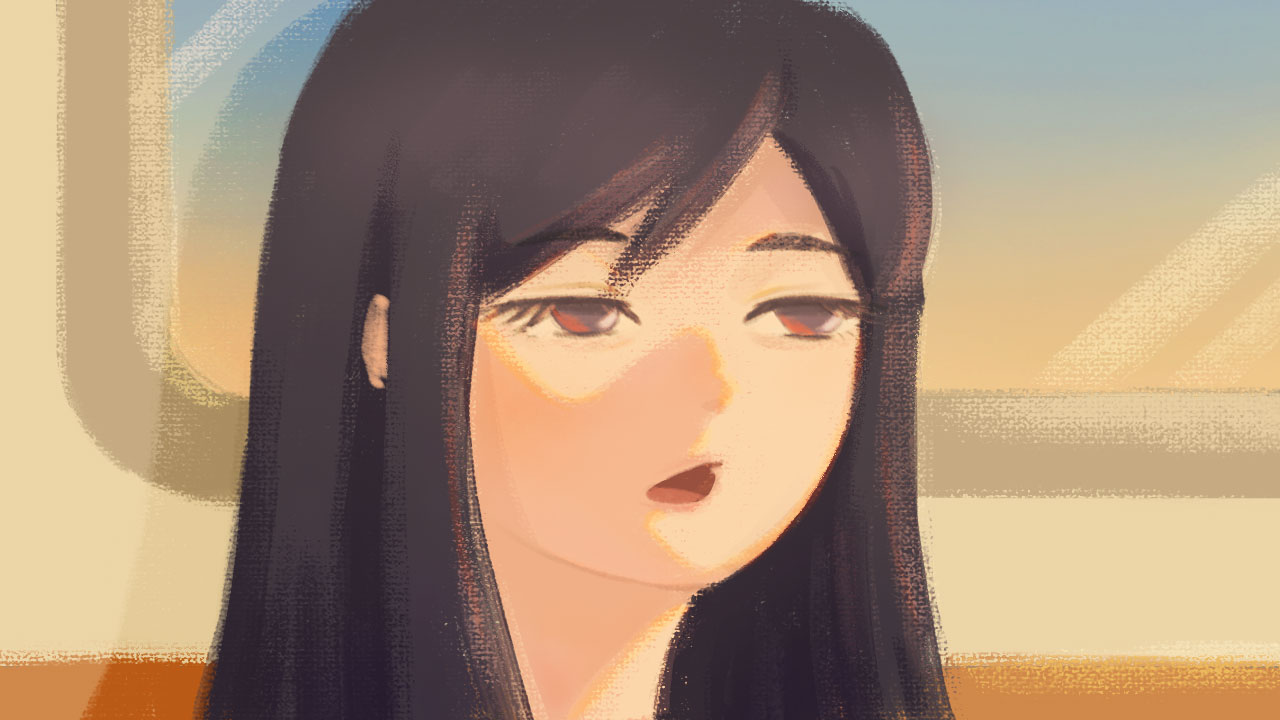Nobody’s Home
Yiyang Guo
Advisor: Tiri Kananuruk
Nobody’s Home is a short animated film that explores childhood, nostalgia, and the emotional complexities of growing up.

Project Description
For everyone, childhood memories play a crucial role in shaping who we are. These memories accompany us throughout life, influencing our emotions, decisions, and sense of self. However, as we grow older and face the demands of adulthood, we often forget or suppress these memories gradually. When people lose touch with their past, they risk feeling lost—disconnected from their identity, uncertain of their purpose, and struggling to find meaning in their present lives.
Nobody’s Home is a short animated film that explores childhood, nostalgia, the complex emotions and reflections associated with growing up, entering society, and drifting away from childhood. It portrays the deep attachment to childhood, the difficulty of parting with the cherished past even after stepping into adulthood, along with the helplessness of being unable to return to or hold onto the past. At the same time, it highlights a sense of disconnection—being unable to fully integrate into the present.
This project highlights the profound impact of childhood memories on a person’s growth, self-awareness, and emotional well-being. Through the protagonist’s transformation—initially anxious to escape but eventually embracing her memories before realizing she cannot stay—the film illustrates how nostalgia can be both comforting and bittersweet. It invites viewers to reflect on their own past and question: How much of our childhood do we truly remember? What happens when we forget the things that once defined us?
Technical Details
Visual Art: Adobe Photoshop
Film Editing: Adobe Premiere Pro
Voicecover: AI Voicecover by ElevenLabs
Sound Effects & Soundtracks: Daniel.mp3 from Youtube
Research/Context
The initial motivation for creating this project was simple—my fascination with “Core Culture”, especially "Old Core."
From my perspective, "Old Core" represents a reconstruction of childhood memories. The blurry, low-fidelity, grainy visuals and music strongly overlap with how I remember the past. I often find myself revisiting fragments of my childhood, and I want to bring these memories to life in my own way, telling a story that reflects my personal experiences.
While researching related videos and articles, I realized that a large number of young people share the same emotional struggle as I do—an inability to let go of the past while feeling disconnected from the present. Each day they move mechanically through their routines, trapped in a life of stillness and monotony. Disillusioned with the present, they find solace only in their longing for the past.
At this point in time, creating a work with this theme feels deeply personal and layered with emotion. It is like a keepsake — a tribute to my childhood memories, to the version of me so enamored with the past, and to all the feelings those memories quietly carry.
The project underwent a significant transformation and adjustment from its early planning stages to final implementation. Initially, I envisioned it as a 2D narrative game, where the story would unfold through player interactions with the environment and objects. My goal was to use subtle visual cues to evoke a strong sense of nostalgia.
However, when I began writing the full script, I realized that the focus had shifted—from scattered details to a more cohesive storyline. The interactive nature of a game, while engaging, tended to divert the player’s attention toward mechanics and away from the narrative itself. To preserve the emotional depth of the story, I decided to transform the project from an interactive game into a short animated film, allowing the audience to follow the narrative purely through my perspective.
In the early stages, I had many conversations with friends of similar age and background, discussing childhood and memories. I collected fragments of their stories and integrated those emotional details into my script.
While working on the storyboard, I also learned a great deal from friends with a background in film—how to use visual language and camera movement to tell a story, and how images and words each convey emotion in their own distinct ways.